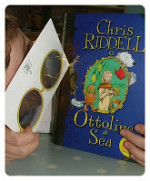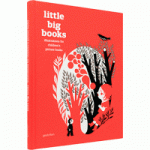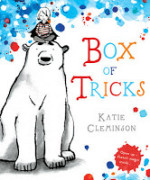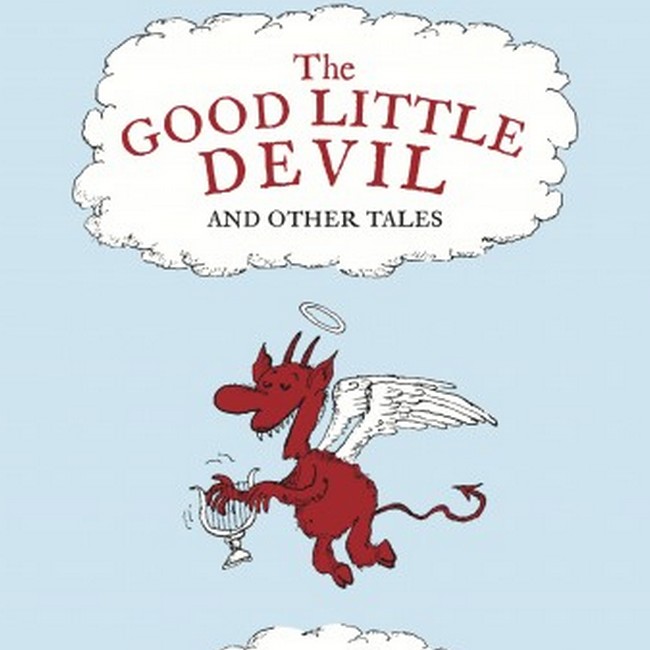Yasutaka Tsutsui
translated from Japanese by David Karashima
(Alma Books)
Fifteen-year-old Kazuko is busy cleaning up the school science lab when something odd happens: she appears to have disturbed an intruder fiddling with chemicals, suddenly smells a strong scent of lavender and then faints. After this freak accident, she finds herself with a strange gift: what she first mistakes to be a gift for premonitions turns out to be the ability to leap back and forth through time. She is determined to find out the identity of the intruder who, she hopes, will hold the key to this mystery.
The Girl Who Leapt Through Time actually consists of two short stories. The first one gives its title to the collection, and the second is The Stuff of Nightmares. The second story focusses on another teenage girl, Masako, who is desperate to find the source of her fear for a specific type of mask. As she tries to understand and conquer her fear and help her little brother do the same, she uncovers a past that had been deeply buried.
The Girl Who Leapt Through Time was first published in 1967 and is one of YasukaTsutsui’s most popular works in his native Japan. Although published as YA, I think that this novella will probably be more appreciated by adults. The theme of time-travel is quite specific to the era it was written in and, I guess, is rather dated these days. Although most adult readers will appreciate this and will still find enjoyment in old-fashioned science-fiction, I feel that many young adults will possibly find the whole concept rather “naff”.
The writing style is also very specific to this era and to Japanese literature. I am not sure whether this is due to the difficulty of translating Japanese into western languages, but one can detect straight away when the book is translated from Japanese; it is the way the sentences are constructed I think; I have difficulties to pinpoint what it is. But I really like it, I have to say; I read a lot of mid-twentieth century Japanese literature in my teens, namely Junichiro Tanizaki and Yukio Mishima, and I really enjoyed The Girl Who Leapt Through Time. Yes, it can be a bit naive at times, particularly the characters’ behaviour and some of the dialogues. It is also dated in some of its views, specifically in the second story and the attitude towards Masako’s brother who is not “boyish” enough but nonetheless, I think it is worthwhile having a look.
I do not often watch a film and then read the book. In this case, I knew of the animé The Girl Who Leapt Through Time long before I knew about the book. This feature animé is loosely adapted from the story but the essence of the story has been retained and it worth having a look. If anything is going to encourage young adults to read this book, this is it:
Many thanks to Alma Books for sending me a review copy of the “The Girl Who Leapt Through Time”







